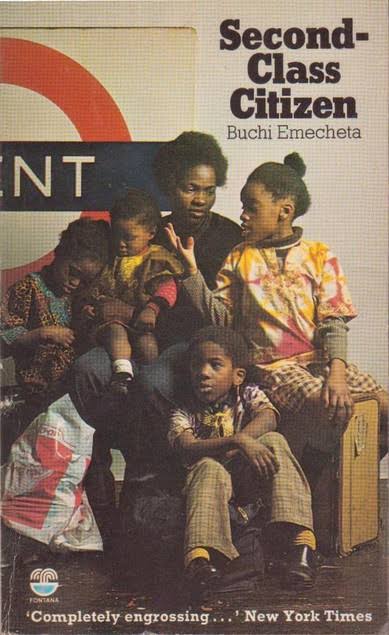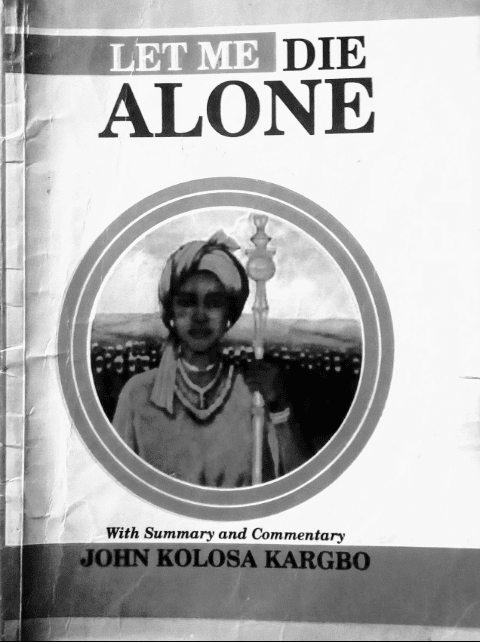Discuss the theme of girl-child education in Buchi Emecheta’s Second Class Citizen.
In Second Class Citizen, Buchi Emecheta tells the coming-of-age story of Adah, first a Nigerian girl and then an African woman in diaspora; mirroring, through her, the experiences of the African girl child and woman.
The text deftly reveals the position of the African society on the girl-child education in the early half of the twentieth century. It is often considered that the Western education is not meant for the girl-child; if she is given one at all, her level of education is decided by extant forces in the society regardless of her own desires and opinions. There is a general belief that whatever education a girl child has, she would eventually end in another man’s kitchen. So, why waste money on her education? Instead, much is invested on the education of the male child instead.
This is the exact position in Buchi Emecheta’s Second Class Citizen. Adah, the protagonist heroine of the novel, comes from a family of four constituted by her Pa and Ma, her brother – Boy –, and herself. Adah, from so early in life, has been passionate about Western education. But her brother, Boy, is singled out for that education Adah is so enthusiastic about. It takes a level of determination, doggedness and a touch of brilliance on her part to get the much needed education.
Her elementary education, for example, comes at a price of her mother’s punishment by the police after Adah in all naivety and puerile innocence enrols in a school. For her common entrance examination fee, she has to convert the money with which she is sent on an errand when no one else is ready to pay her common entrance fee. She lies that she lost the money to cover-up. And for much of her college education, she has her brilliant and impeccable academic record to thank; she is awarded a scholarship.
Adah sacrifices a lot to get education. This, of course, projects how difficult it is for the girl-child to have access to education on her own will, against the distorted societal sentiment that the education of a girl-child is utterly useless.
A noticeable but awful thing in the novel is that Adah’s unusual educational background, which at first the society does not support, is used much later in the attempt to exact a higher bride price. It is expected that at that stage the society would throw its weight behind Adah for her brilliance, daringness, and her fervour for education. But what does the society make of her higher education instead? It sees it as an avenue, a reason to demand higher bride price from her would-be suitor. It sees it as a leverage to fleece enough resources from her marriage, out of which Boy’s education would be taken care of. It dots the lines between Adah’s exceptional academic prowess and the final destination it has set for her, that is the kitchen.
The abnormality of the girl-child education also reflects in how Francis, Adah’s husband, finds it difficult to put up with Adah’s excellence and rather shows signs of being overwhelmed by Adah’s distinction. He, like others in the mainly patriarchal society, has been conditioned to think a woman should be servile and always be at least one step behind the male folks in the normal order of things; that the woman is wired to be in charge of domestic affairs only.
Second Class Citizen portrays through Adah the societal sentiment of this period about the girl-child education, the constraints placed on the academic progress of the female-child under the guise of the silly excuse that a woman’s destination is her husband’s kitchen. It takes dogged trailblazers like Adah to scale the barrier the society has set for them, and perhaps, bring down the fence in the process.
 WHATSAPP: Click HERE to join the new Literature PADI WhatsApp group to receive latest updates on your phone and for further literary discussions!
WHATSAPP: Click HERE to join the new Literature PADI WhatsApp group to receive latest updates on your phone and for further literary discussions!









